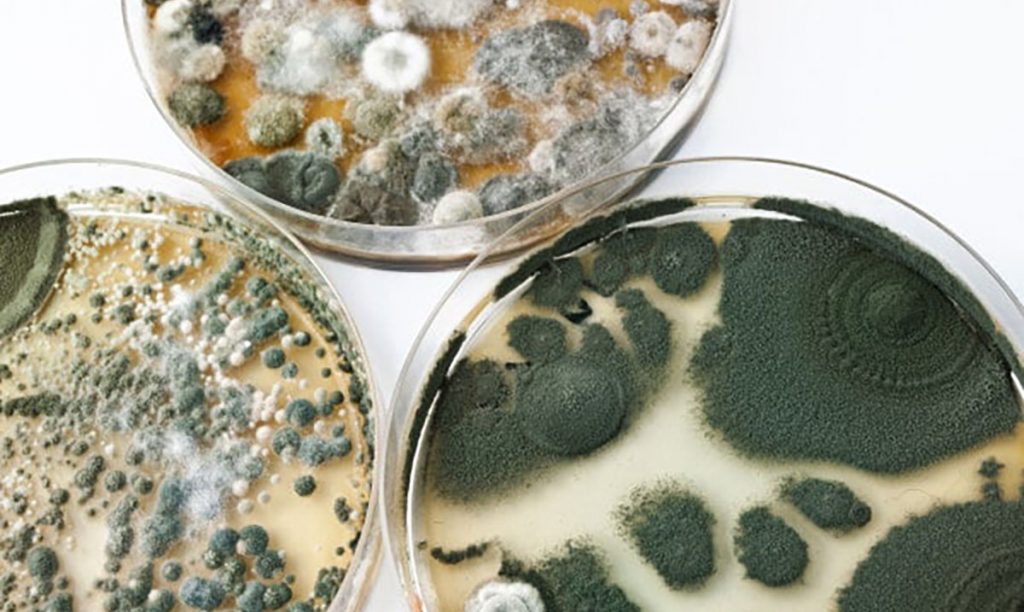Many of the common health issues we suffer from today shouldn’t be so common. Many of them are caused by external things that could’ve been avoided, especially when it comes to mold.
Many people are completely unaware of the terrible effects mold can have on your body. It’s extremely dangerous – and it is much more than a consequence of skipping bathroom cleaning day! Mold is one of the many biotoxins found in water damaged buildings, bathrooms, or other wet areas. Exposure to mold can cause illness much more complex than most clinicians and patients assume.
We are all aware that we need to stay active, eat healthy, sleep correctly, and refrain from stress in order to be healthy. However, there are other external household things that could pose a threat to your health; like mold. Many people are aware that mold can make you sick, but new research shows that it can cause mental illness and psychiatric symptoms! Crazy, right? What if your depression is simply stemmed from the mold in the walls of your home. That would be amazing.
Toxic mold illness is extremely common and underdiagnosed. Mold toxicity can manifest in many different forms, including psychiatric issues! Symptoms such as depression, anxiety, attentional problems, brain fog, and insomnia have been associated with mold toxicity. Not everyone is susceptible to this, however. Vulnerability to mold toxicity is only present in 25% of the population, meaning that a whole family can live in a mold infested house and only one person gets sick. However, we should all be sure to prevent mold from forming in our house and be aware of the symptoms just in case.
Dry walls are commonly infested with toxic mold because they are well insulated. It is the perfect medium for mold growth, especially modern day homes that are energy efficient. Energy efficient homes are more prone to mold because they use heavy and additional insulation that traps toxic mold gasses, accelerating their growth and potentness. There are companies that can inspect your home for mold and perform mold remediation. A cheaper method can be purchased from ImmunoLytics, by setting out plates and sending them back for testing.
There are many different symptoms associated with toxic mold illness. It is often misdiagnosed as chronic fatigue, fibromyalgia, mast cell activation disorder, histamine intolerance, IBS, leaky gut, multiple sclerosis, and even post treatment Lyme syndromes. Man, that was a mouth full, there are probably thousands of people who are misdiagnosed.
Common Symptoms of Toxic Mold Illness Include:
Fatigue
- Weakness
- Aches
- Muscle Cramps
- Unusual Pain
- Ice Pick Pain
- Headache
- Light Sensitivity
- Red Eyes
- Blurred Vision
- Tearing
- Sinus Problems
- Cough
- Shortness of Breath
- Abdominal Pain
- Diarrhea
- Joint Pain
- Morning Stiffness
- Memory Issues
- Focus/Concentration Issues
- Word Recollection Issues
- Decreased Learning of New Knowledge
- Confusion
- Disorientation
- Skin Sensitivity
- Mood Swings
- Appetite Swings
- Sweats (especially night sweats)
- Temperature Regulation or Dysregulation Problems
- Excessive Thirst
- Increased Urination
- Static Shocks
- Numbness
- Tingling
- Vertigo
- Metallic Taste
- Tremors
